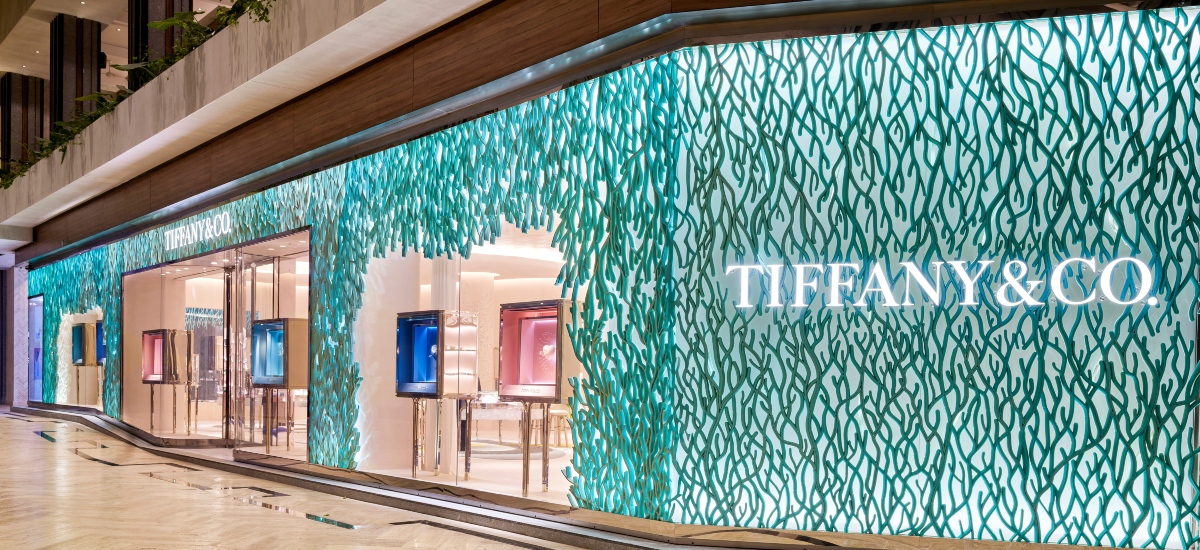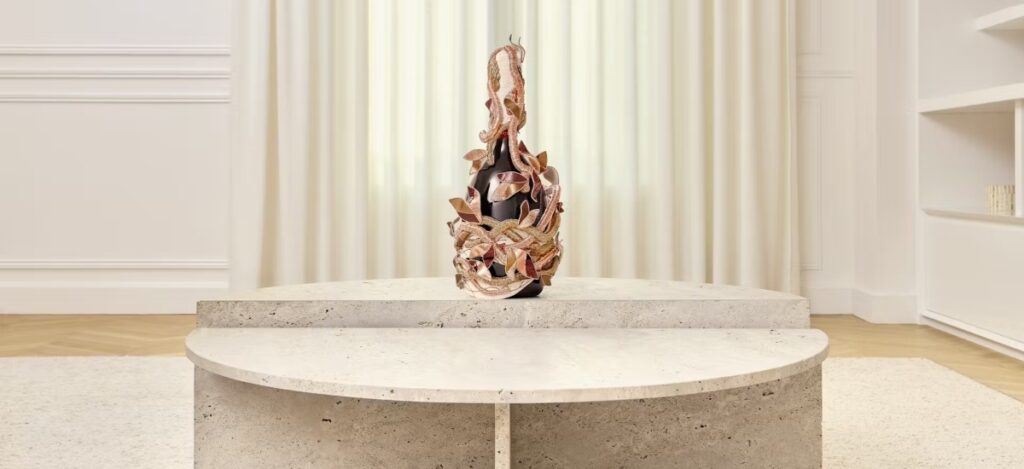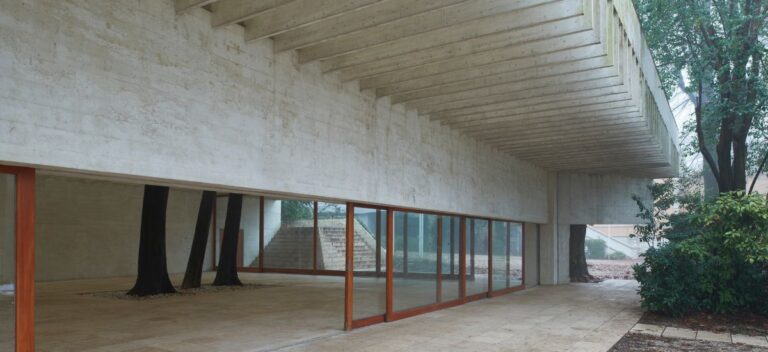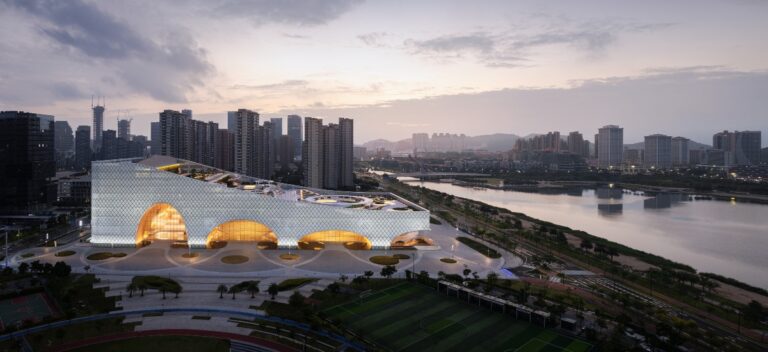Across Europe, 3D architecture is reshaping skylines and possibilities.
Through additive manufacturing and innovative design software, structures once deemed impossible are now standing proudly.
From the Swiss Alps to Amsterdam’s canals and the Caribbean coast of Mexico, these creations redefine how we build, live, and dream.
Tor Alva: The Tallest 3D-Printed Tower in the World
Nestled in the quiet mountain village of Mulegns, Switzerland, stands Tor Alva, the tallest 3D-printed tower on Earth.
At 30 meters high, its white concrete columns stretch organically toward the sky, resembling a tiered wedding cake.
This aesthetic wasn’t accidental. Generations ago, confectioners from this region emigrated and made their mark across Europe.
The tower was designed by Nova Fundaziun Origen and ETH Zurich professors.
Built atop a former blacksmith’s workshop, the structure is both symbolic and functional. In five years, it will be carefully dismantled and reconstructed elsewhere.
This adaptability is one of the strengths of 3D architecture: mobility without structural compromise.
The prefabricated tower blends high design with advanced materials and was revealed dramatically—its cover removed by helicopter.













